Karnali Province
Teenage elopement widespread in Kalikot
As many as 169 incidents of child marriage were reported in Tilgupha Municipality and Shubhakalika Rural Municipality last year.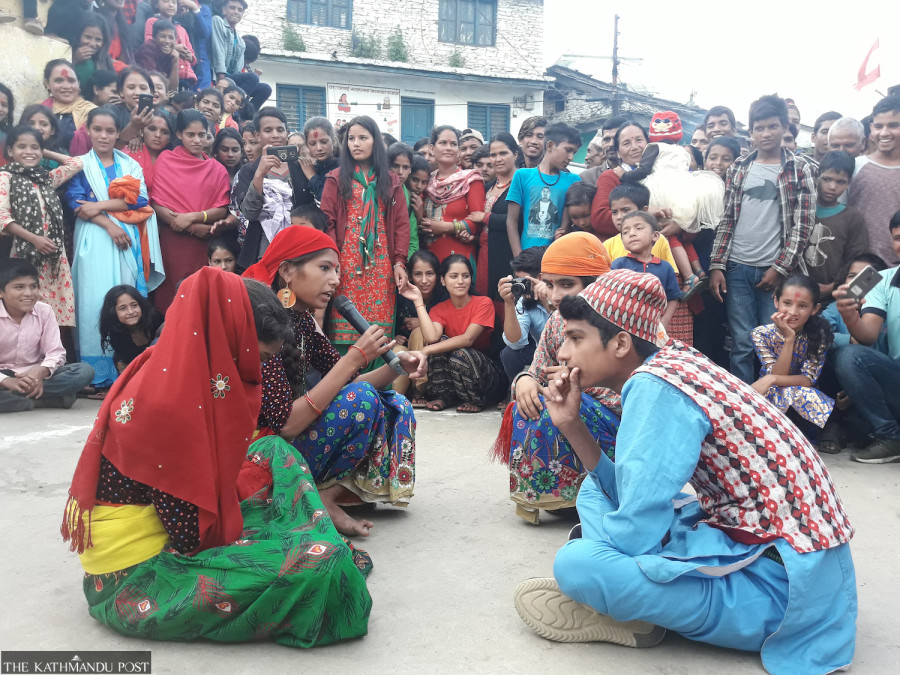
Tularam Pandey
Five years ago, a 14-year-old girl of Kotwada in Naraharinath Rural Municipality-1 eloped with a 16-year-old boy of Tilgupha Municipality-7. A year later, at age 15, the teenager gave birth to a girl. The birth of the baby girl was the beginning of bad days for the young mother.
Soon after the birth, the girl’s husband and family members started mistreating her, blaming her for birthing a girl child. Sick of the domestic violence meted out to her, the girl ran away and married another man in the hopes of finding a comfortable life for she could not go back to her parents.
“I had left my parents’ house out of my own will so I did not think I could go back to them after my marriage failed,” said the girl. However, the second man she married also did not treat her well. With nowhere to go, the girl, now 19 years old, has returned to her parents’ house.
“Marrying early was a big mistake. I was only 15 when I got pregnant and I had a difficult pregnancy. I had to undergo a C-section to get the baby out and I still suffer from sharp pains in my womb,” said the girl.
Incidents of child marriage, despite being illegal in Nepal, are widespread in Kalikot, a remote district of Karnali Province. Although cases of parents forcing young children into marriage are on a decline, incidents of children opting to elope are still widespread.
Another girl from Dhainedi in Khandachakra Municipality-2 eloped with a boy from her community three years ago. She was just 14 when she eloped and 16 when she gave birth to a baby girl. She has been frequenting various government offices and social organisations in Manma, the district headquarters of Kalikot, seeking justice after her husband brought home another wife last year. Both the mother and daughter, according to the District Health Office, are malnourished for a lack of proper care and nutritious food.
“I have nowhere to go. My husband and his family started treating me badly after my daughter’s birth,” said the teenage mother. “I don’t have any documentation to verify the birth of my daughter. That’s why I haven’t been able to avail of any of the government allowances for her.”
A survey conducted by the District Coordination Committee, in collaboration with various social organisations, two years ago shows that 61 percent of underaged marriages in Kalikot took place without the parents’ consent. In Tilgupha Municipality and Shubhakalika Rural Municipality, 92 percent of child marriages are initiated by the children themselves, the survey showed.
As many as 169 incidents of child marriage were reported in Tilgupha and Shubhakalika in 2020. Among them, according to the survey, 156 child marriages took place without parental consent.
Bale Bishwakarma, a child rights activist in the district, said, “Incidents of underaged people marrying on their own accord are on the rise. This is a serious issue and jeopardises the future of all these children.”
“Amid increasing awareness among guardians and communities, cases of child marriage arranged by parents are gradually declining. However, cases of elopement among children is still prevalent despite various awareness programmes launched in villages to underscore the disadvantages of marrying young,” said Dhir Bahadur Bista, the chairman of Naraharinath Rural Municipality.
According to Bista, Naraharinath Rural Municipality has prioritised the allocation of budget to control child marriage and provide sanitary pads to girl students in schools.
“Rs 1 million has been allocated for programmes aimed to control child marriage and for menstrual health management in the current fiscal year,” he said. Bista says they have had some success in sensitising parents about the ills of child marriage but haven’t been able to do much in the way of stopping children from eloping.
“We stopped some children from marrying with the help of the police. But they eloped again after some time,” he said.
According to experts, poverty, lack of quality education, gender discrimination and a lack of effective implementation of the existing laws are the leading causes behind the high number of child marriage in the district.
“Marrying at an early age is the main causative factor of high infant mortality and maternal mortality rate, malnutrition, uterine prolapse, family dispute and divorce,” said Dil Bahadur Shahi, a psychological counsellor.
Along with the local government and social organisations, the police administration has also been working to control child marriage in the district.
“Police prevented 139 cases of child marriage in the district in the past year. However, child marriages continue to take place since both parents and children who elope hide the marriages from police fearing legal repercussions,” said Deputy Superintendent of Police Chakra Bahadur Shah.
According to him, the District Police Office has been launching door-to-door campaigns to raise awareness among villagers about the legal provision for and the impact of child marriage.




 7.12°C Kathmandu
7.12°C Kathmandu

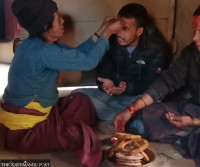
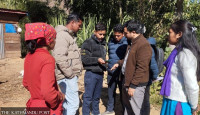


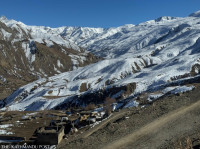
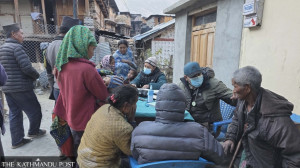



%20(1).jpg&w=300&height=200)

